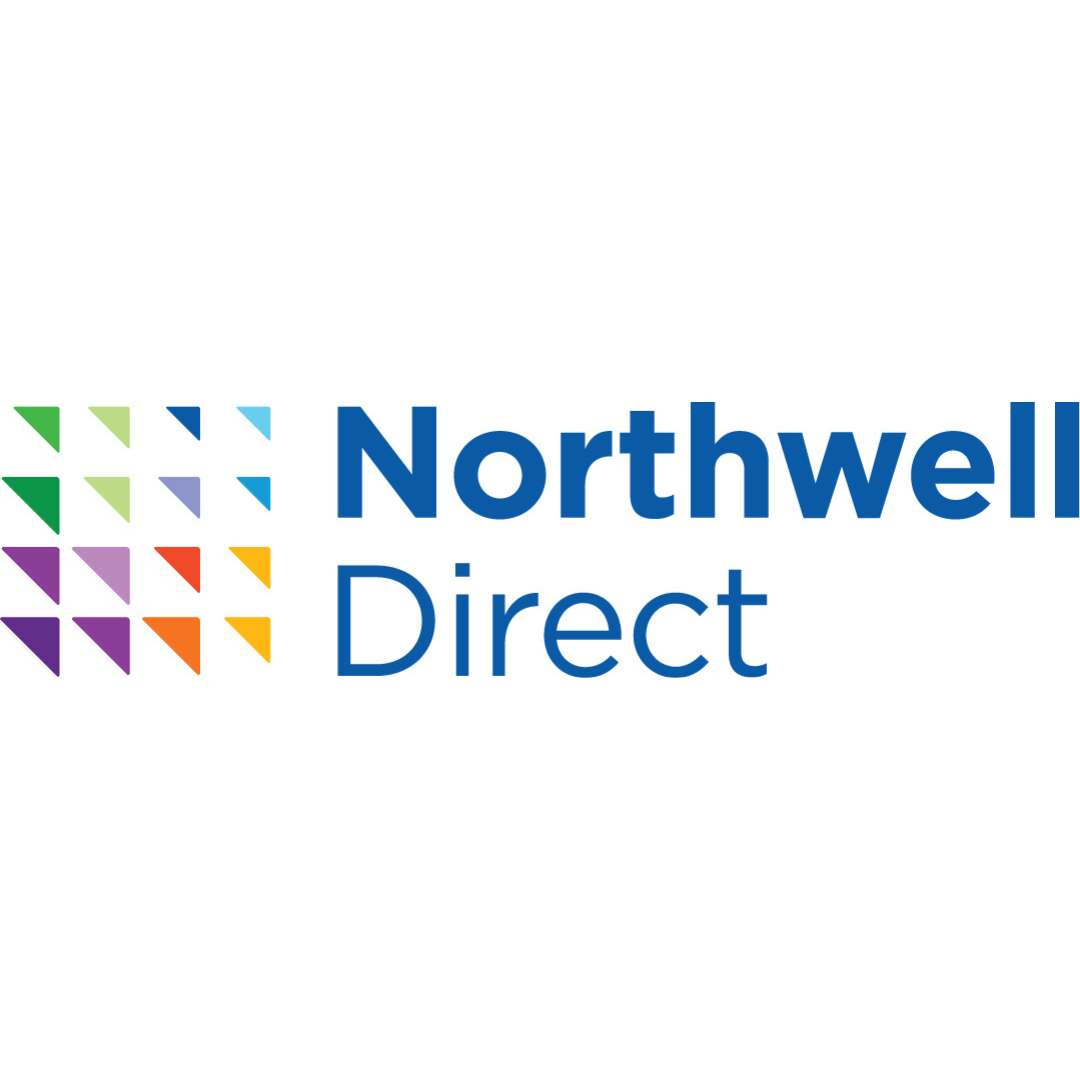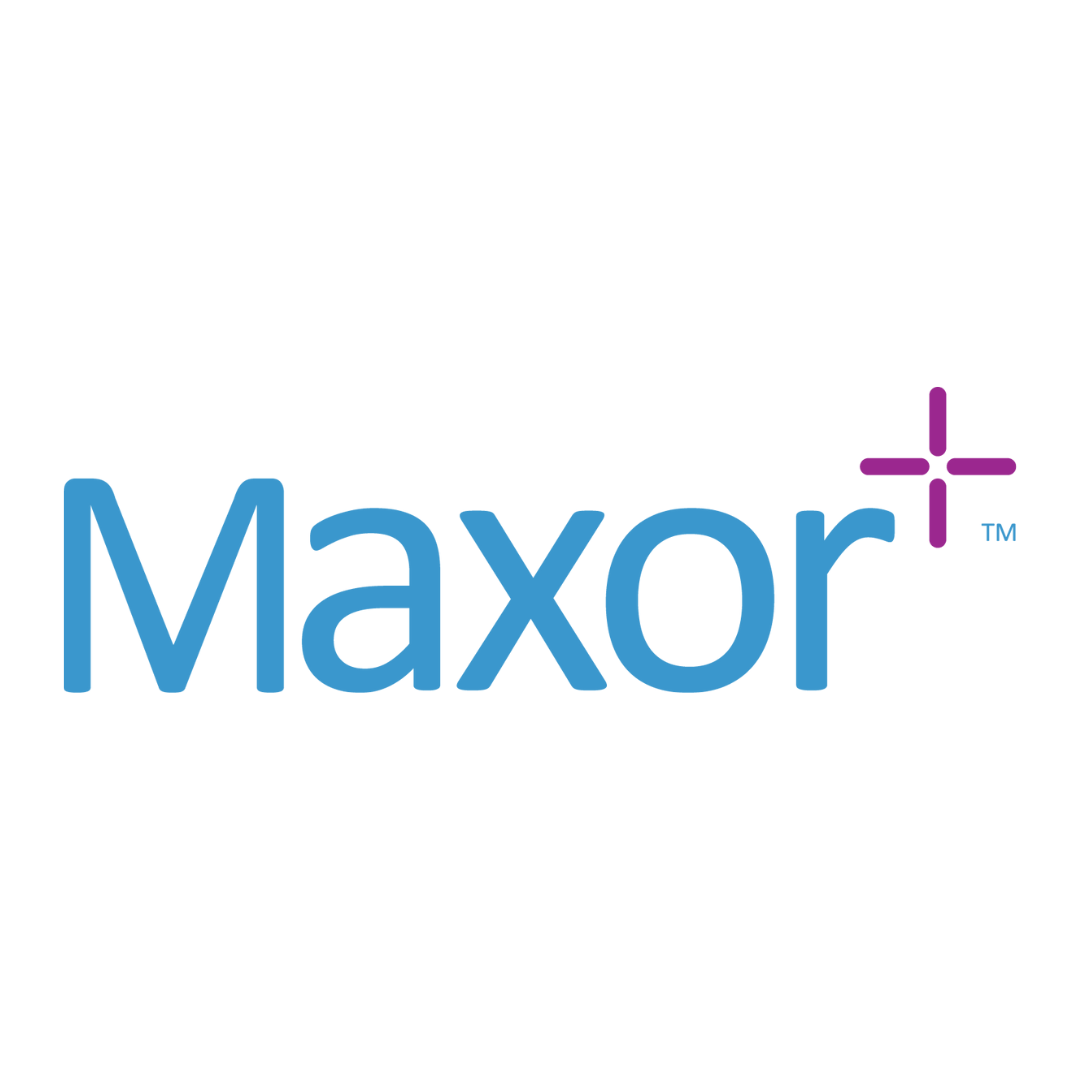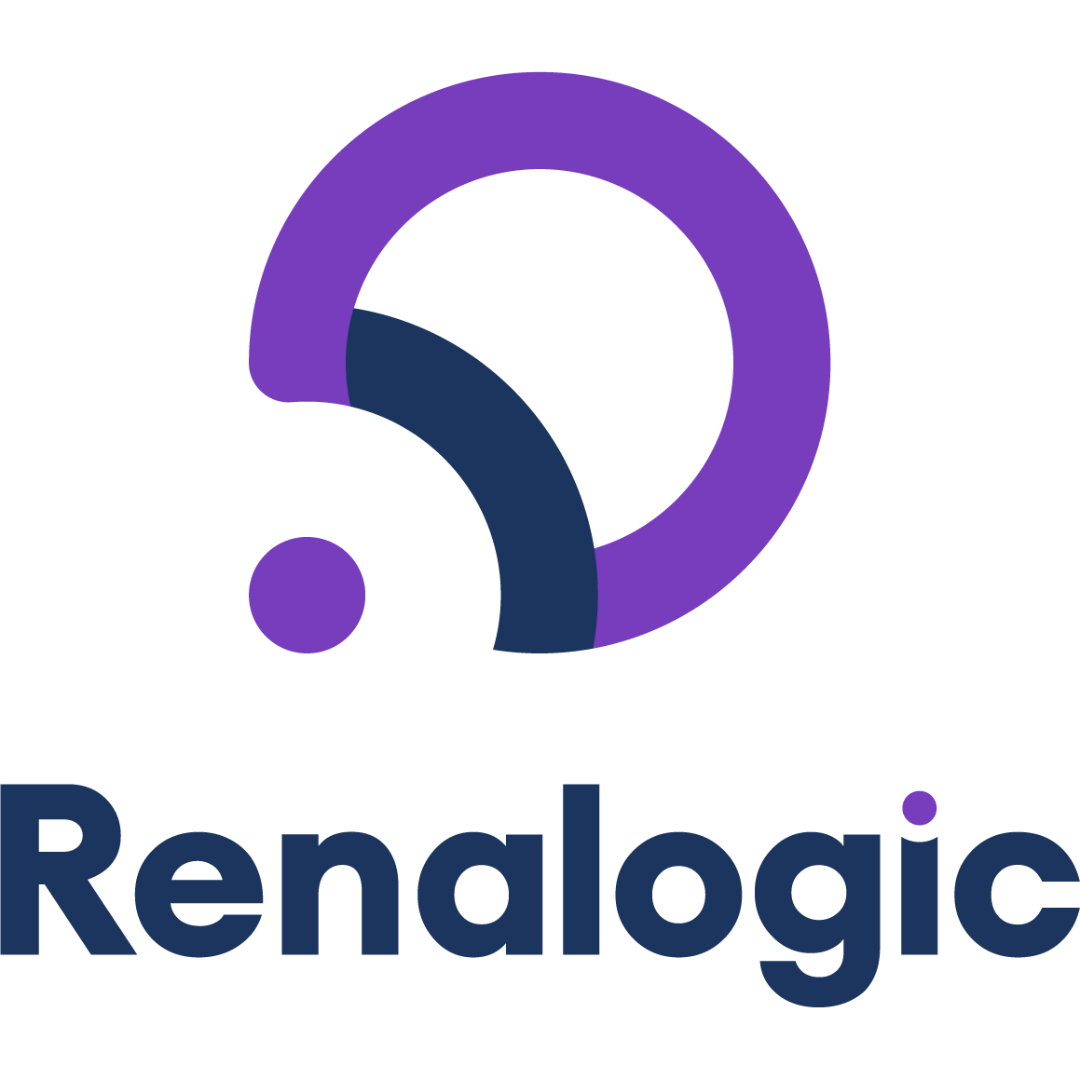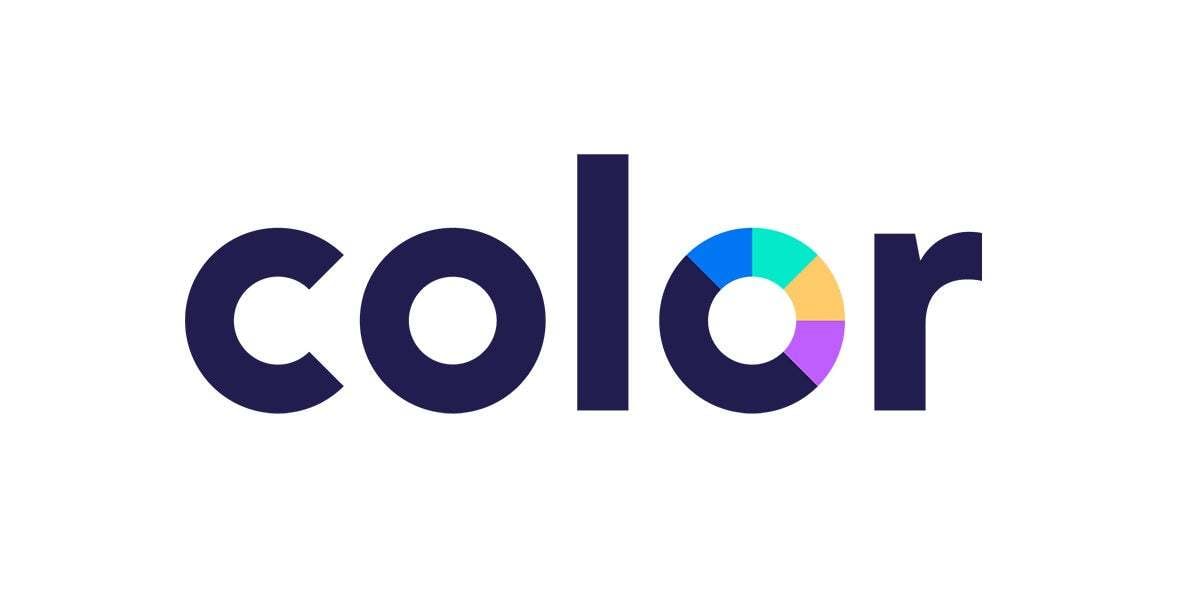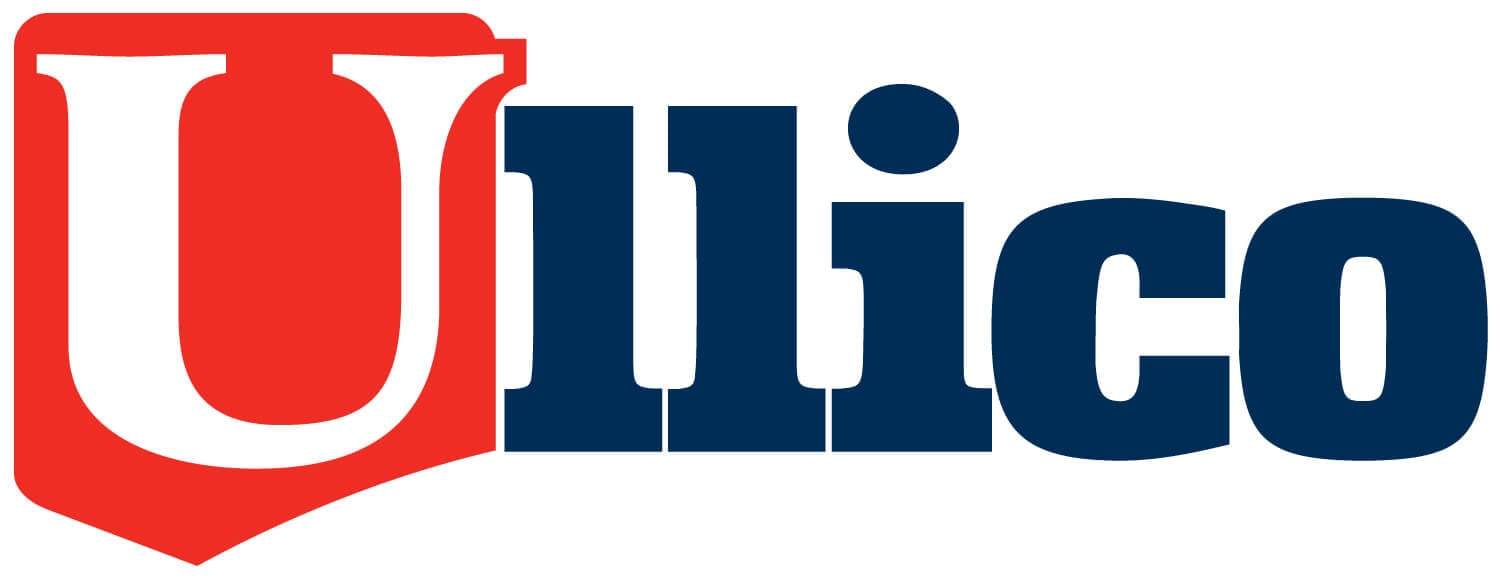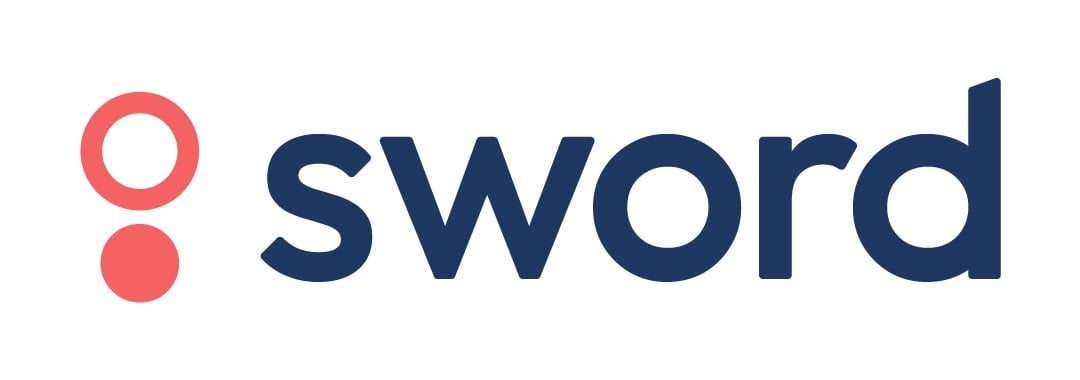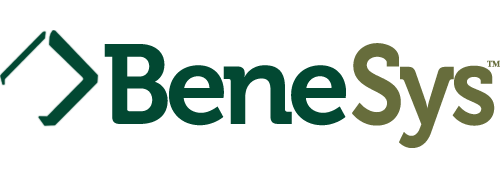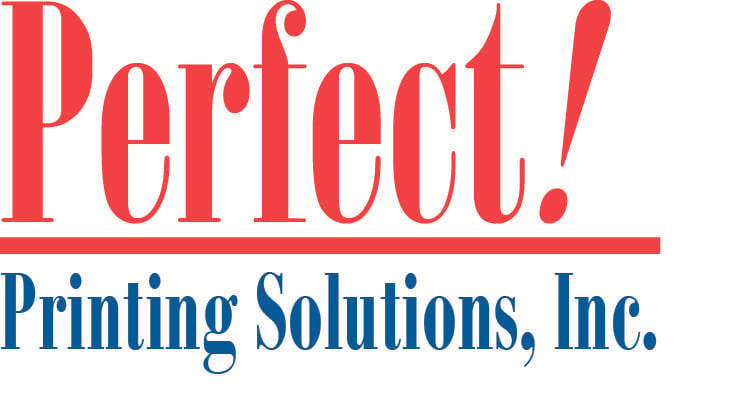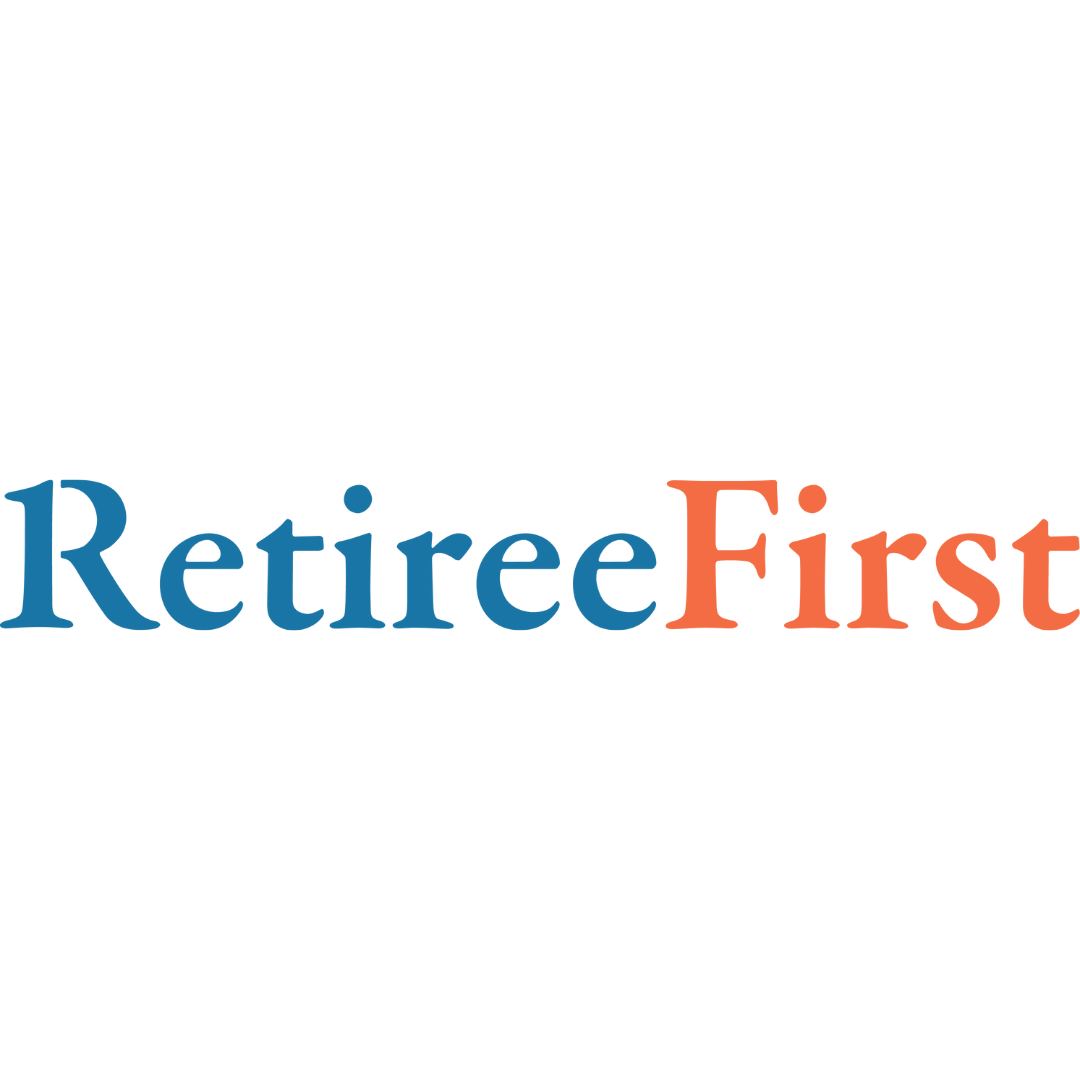Direct-to-Employer Provider Networks: An Alternative to Traditional Health Insurers

Nearly half of Americans (about 156 million people) get health insurance through employer-sponsored benefits plans. Traditional insurance providers such as the BUCAs (Blue Cross and Blue Shield, United, Cigna and Aetna) control most of the health insurance marketplace, and therefore provide the majority of coverage. For-profit insurers that include the BUCAs reported record-breaking profits last year (more than $69 billion on combined revenues of $1.25 trillion, a 300% increase in 10 years). And yet, businesses and their employees continue to shoulder the burden of skyrocketing health care costs.
“Every year, companies must decide how much of the health insurance price increases they can handle, and how much they must pass on to their employees in terms of higher premiums and deductibles,” said Nick Stefanizzi, Northwell Direct CEO. “These rising costs have led to an increase in people who are ‘functionally uninsured.’ They don’t use their health insurance because they don’t have the funds to meet their deductibles or out-of-pocket requirements.”
As a result, people put off critical medical tests or go without medications. An estimated 1 in 3 insured people delay or skip medical appointments. Although these actions save money in the short term, it often means that chronic conditions go undetected or worsen, becoming costlier to manage in the long run and driving up health care costs for all.
The good news: There are other, more affordable ways to provide your workforce with access to quality health care. One of them—direct-to-employer provider networks—can save your organization and employees money, while boosting employee satisfaction and improving overall health outcomes.
What is a direct-to-employer health care model?
With a direct-to-employer provider network, your company directly contracts with a health care provider that has a curated network of high-quality providers in the communities where your employees work and live. “The providers are selectively screened and chosen for their ability to provide high-quality care at a contracted lower rate,” said Mr. Stefanizzi. “On average, this type of provider network can lead to a cost savings of up to 20% for employers compared to traditional health insurers.”
Another option is a tiered network. This model gives employees the flexibility to choose a lower-cost tier or pay more for a tier that offers additional providers or services, including those outside the service area. This flexibility is crucial in a diverse health care landscape, catering to different needs and preferences.
A provider network may use third-party administrators to process claims and handle customer service, as well as utilize the services of pharmacy benefit managers. It’s important that they choose reliable partners, so that employees going through the direct health care provider network will have a seamless experience with their care.
A win-win for employers and employees
Provider networks also have the resources to offer enhanced employee benefits like care management and on-site health clinics. On-site or near-site clinics typically offer direct primary care for employers without having to leave the workplace. “By adding these services, companies can further reduce overall costs by helping employees more effectively manage their health and chronic conditions,” said Konstantine ‘Gus’ Costalas, senior vice president of managed care for Northwell Health. Offering these wellness services can also lead to healthier, happier employees, as well as help your company retain and recruit the best talent.
Should your company change its insurance model?
Using direct contracting means cutting out the intermediary insurance company (and sometimes brokers). Direct-to-employer contracts enable your company to have a collaborative and direct relationship with your local health system. This is even more beneficial if the health system is nonprofit, said Mr. Stefanizzi, because then “you know the profits are being reinvested into the hospitals, physician practices and infrastructure that directly benefit your employees.”
Changing from the traditional way of providing health care services may seem intimidating at first. But the time and effort invested can lead to a bigger payoff down the road for your company and the employees who help make it successful.
“Start by talking to a benefits consultant or insurance broker who’s familiar with network providers, or reach out to a network provider directly,” said Mr. Costalas. “You should also do a financial analysis to compare employees’ claims and health insurance costs with your current insurer to the costs of a provider network.” Taking these steps can help your company determine whether a switch to a new way of providing health care makes fiscal sense for all.
Contact us to learn more about the benefits of a direct-to-employer provider network with Northwell Direct.
The Northwell Direct Network is provided by the Northwell Direct Administrative Services Organization, Inc. Wellness and clinical service offerings from Northwell Direct are provided by affiliated Northwell Health entities and their licensed providers. The Northwell Direct Network currently is available only to self-insured employers.



